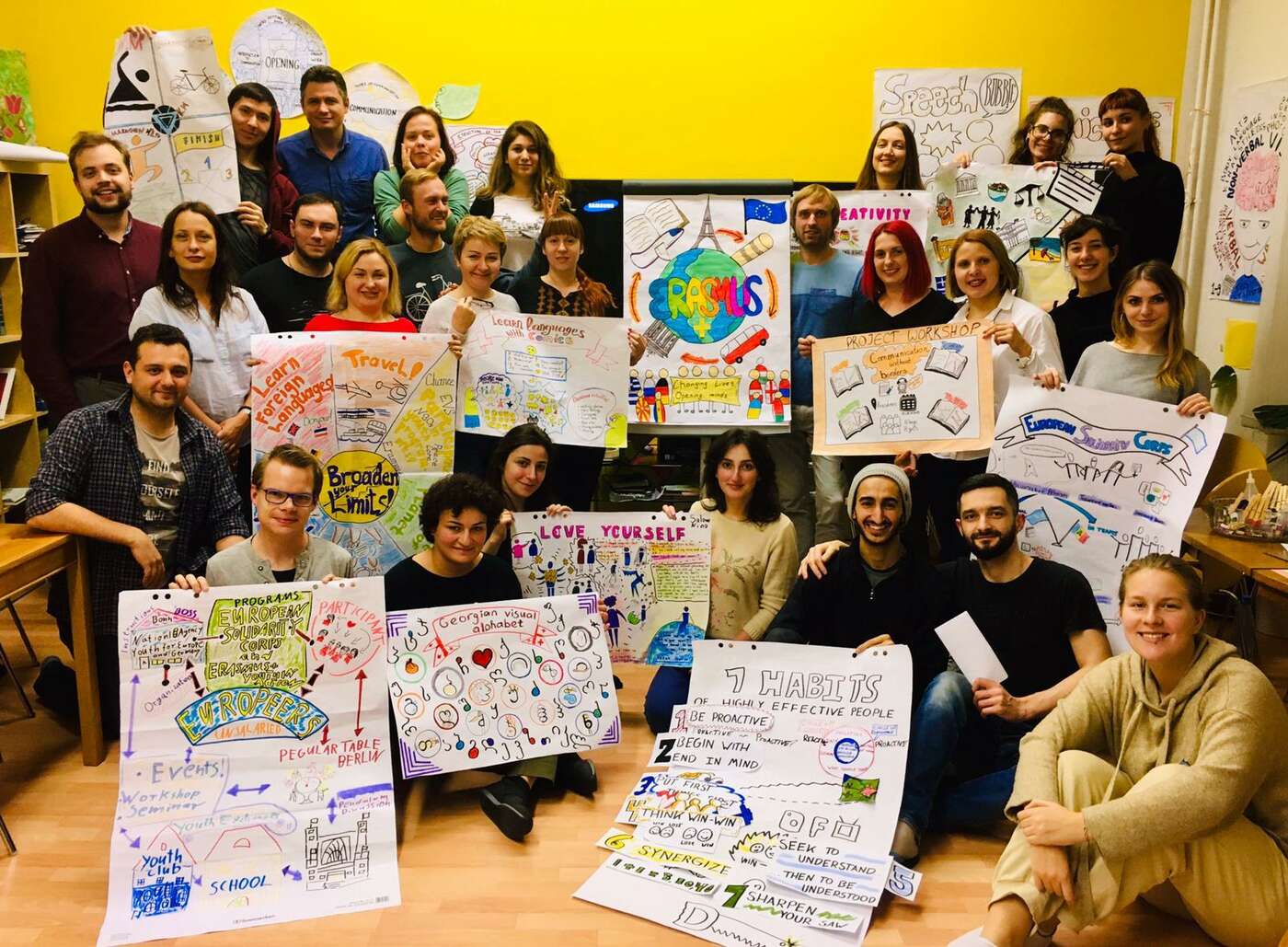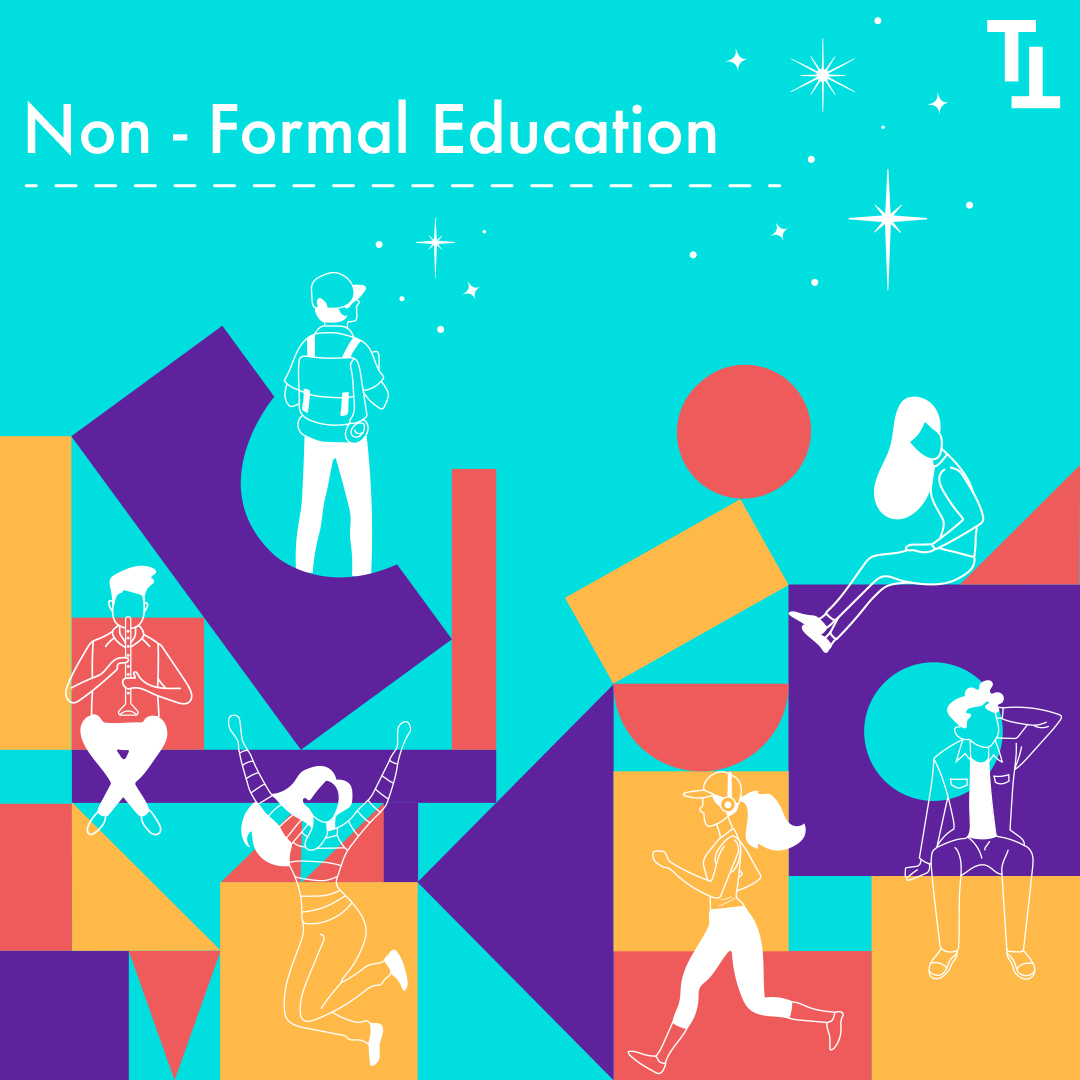
This codified system doesn’t prepare learners with practical knowledge and skills linking theoretical lessons with practical skills required at the market place. This is aimed at preparing the learner to be self-reliant, as opposed to a job seeker.Ī closer look at our formal education system shows learners are prepared to sit behind a desk and after a certain period of time, sit for the exams and pass or fail. Support subjects are critical in helping the leaner to link theoretical education with knowledge and skills acquired in the technical subjects. Here cleaners continue with their subject of interest at level two, and add support subjects.

Support subjects are Geometry and Entrepreneurship. Level three focus on the support subjects. At level two, learners are expected to pick one subject. The subjects available in the curriculum are Art and Craft, Garment Making, Woodwork, Masonry, Welding and Fabrication, Agriculture, Motor Vehicle Mechanics and Home Science. Level two focuses on the technical subjects. Learners choose between CRE and IRE based on their faith. Mother tongue is only offered at level one.

The subjects offered at level one are: English, Mother Tongue, Kiswahili, Arabic, Science, Mathematics, Social Studies, Christian Religious Education (CRE) and Islamic Religious Education (IRE). The curriculum is divided into three categories category one contains academic subjects, category two contains technical subjects and category three contains support subjects. Level two is equivalent to classes 5-6 and level three is equivalent to class 7-8. Level one is equivalent to classes 1-4, in the formal education system. The curriculum has three levels, with learners spending two years at each level. The first non-formal curriculum was developed in 1994, by the Ministry of Education in partnership with UNESCO. Emphasis is on practical skills for self-reliant.įor many years, there was no standardized curriculum for non-formal education in Kenya. The program is aimed at linking learners with classroom and work experience. According to KICD, recipients of this program spent six years to complete schooling, at the basic education level. Looking at KICD’s definition, the word “outside” implies the recipients of this education are outside the formal education grading system.


For the purposes of this blog, I will delve into understanding how non-formal education is structured in Kenya. The definition also indicates that non-formal education targets out of school children and youth below the age of 18 years. KICD defines non-formal education as “an organized education activity operating outside the established formal education system”. But Kenya Institute of Curriculum Development, (KICD), has a clear definition of non-formal education. The policy does not define non-formal education, though there is a clear definition of non-formal schools. (APBET) policy, which was aimed at formalizing non-formal schools. Most of this takes place at village polytechnic level In 2009, the Ministry of Education published Non-formal class in session. Non-formal education and non-formal schools are two phrases that keeps on confusing many educationists in Kenya. A formal education class session, going on in an informal school in Kibera slum


 0 kommentar(er)
0 kommentar(er)
